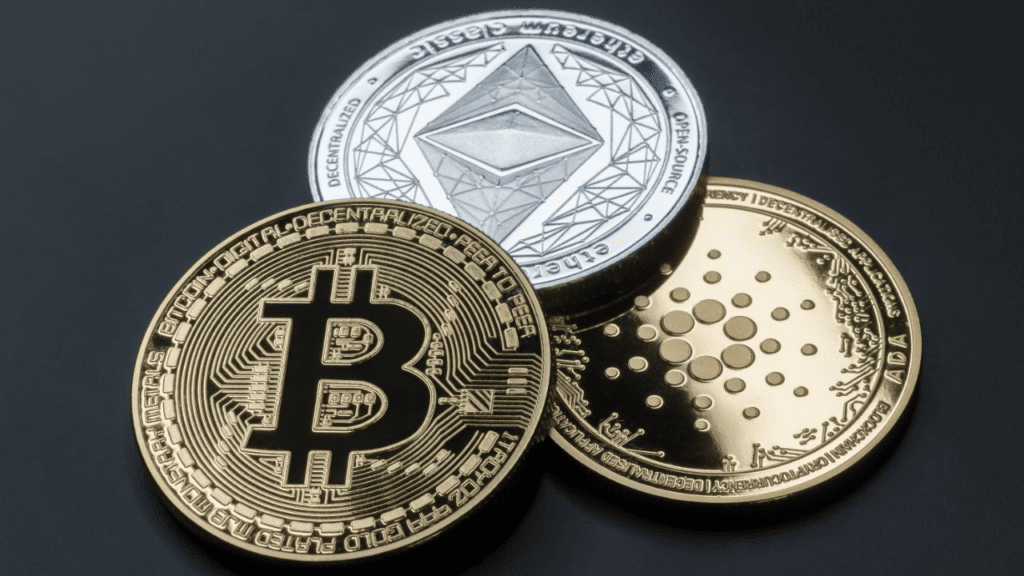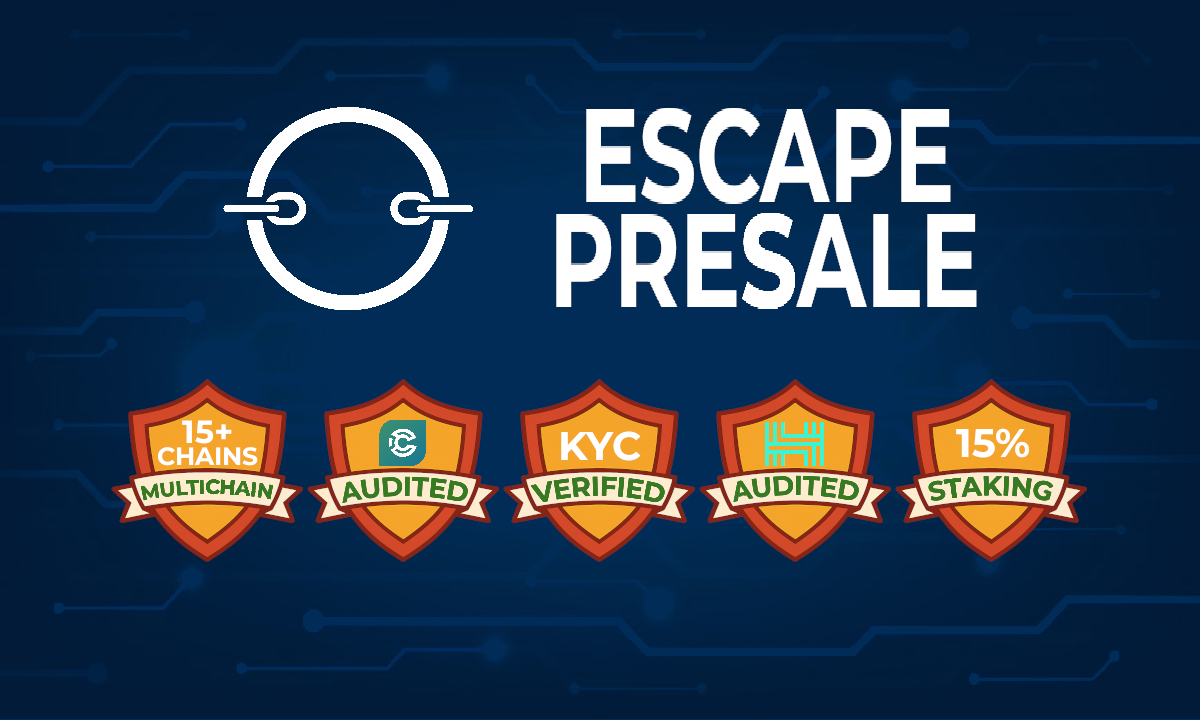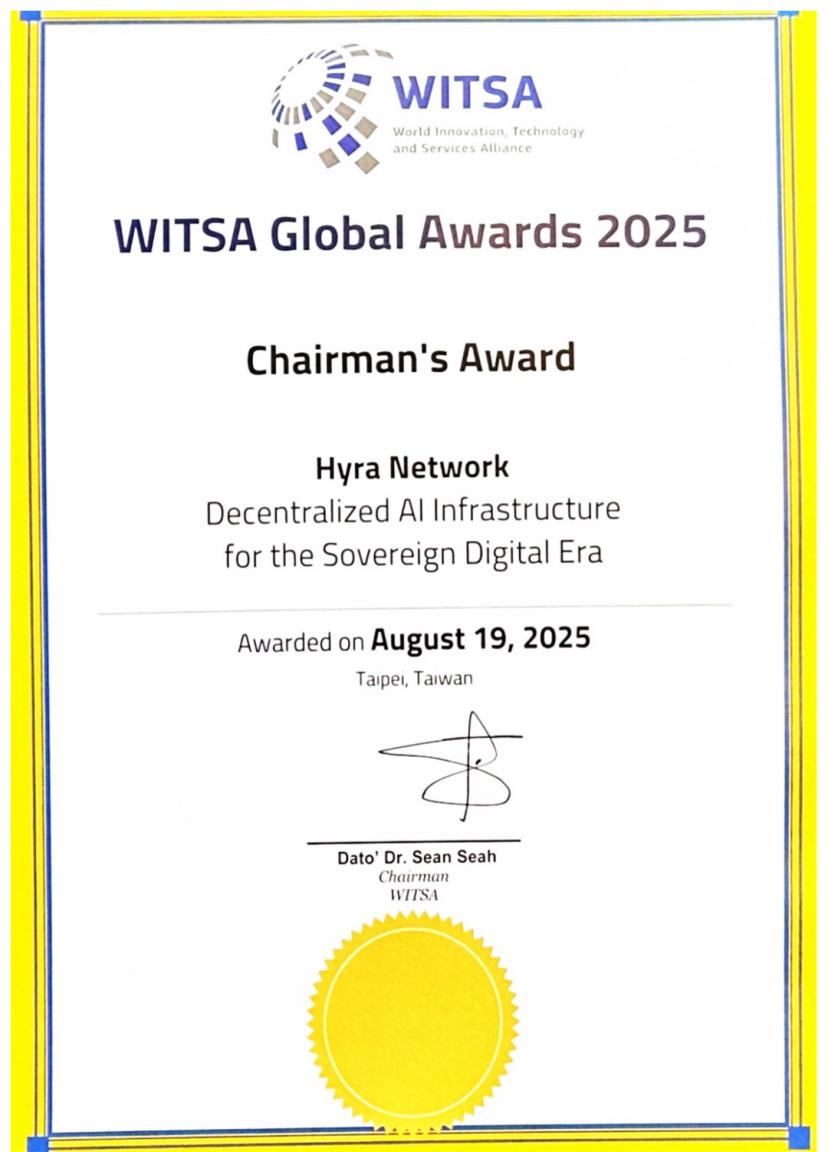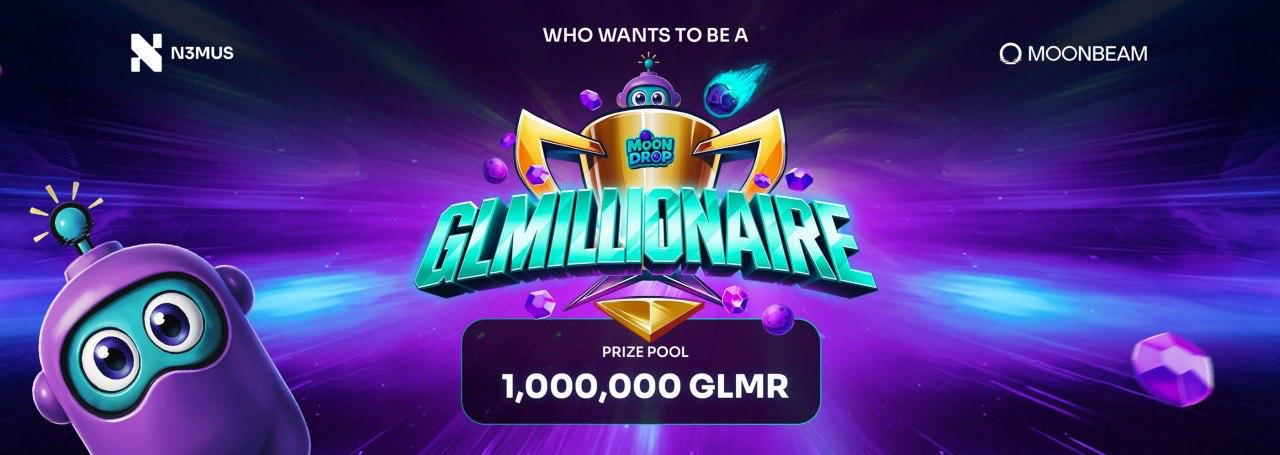Cardano vs. Bitcoin: Which Network Has The Advantage And Potential To Be Stronger?
Cardano is becoming a potential candidate for 2nd place in the crypto world. The network has outstanding advantages and features for developing decentralized applications and processing blockchain jobs. However, is it comparable to Bitcoin?

What Is Cardano?
Cardano is a decentralized Proof-of-Stake (PoS) blockchain was created as a more effective substitute for Proof-of-Work (PoW) networks.
In honor of Augusta Ada King, Countess of Lovelace (1815–1852), widely regarded as the first computer programmer, Cardano’s cryptocurrency is called ADA. The blockchain’s PoS consensus algorithm uses ADA. It is awarded to users who take part in a stake pool as compensation for their contributions to the blockchain.
Cardano was developed by Charles Hoskinson, an Ethereum co-founder, in 2015, and the platform was released in 2017.
The Cardano ecosystem was created by academic and engineering experts with extensive blockchain and cryptography knowledge. Cardano is a multi-layer blockchain that uses Proof-of-Stake to validate transactions and was founded by the co-founder of Ethereum. The Ouroboros algorithm, which aims for a high level of security with efficiency, is the heart of the Cardano consensus.

Cardano has established itself as an Ethereum substitute. Both platforms aim to create a connected, decentralized system and are utilized for similar applications like smart contracts.
Comparing its “third-generation” platform to Ethereum’s “second-generation” label, Cardano sees itself as an upgraded version of the latter. The blockchain platform aims to offer banking services to unbanked people worldwide.
After Bitcoin and Ethereum, it is a third-generation blockchain that emphasizes scalability, interoperability, and sustainability. Cardano also emphasizes rising expenses, energy use, and transaction times.
What is Bitcoin?
The first crypto token that allowed the globe to access the crypto ecosystem was Bitcoin, which was originally introduced to the world in 2009 by the mysterious Satoshi Nakamoto. The two most intriguing features that Bitcoin brought to the table were designed to make peer-to-peer transactions possible without the use of a third party.
Briefly stated, Bitcoin is a peer-to-peer (P2P) online currency that enables transactions to be carried out directly between two identical and independent network users without the involvement of a third party. According to Nakamoto, the purpose of Bitcoin was to make it easier for two people to transact online without the need for a drawn-out and arduous process involving a financial institution.

With the aid of Bitcoin cryptocurrency wallet software, users broadcast messages that are cryptographically signed to the network. These messages contain proposed transactions and ledger updates. The whole transaction history of the ledger is replicated on each node. A transaction is disregarded if it disobeys the Bitcoin protocol. Only when the entire network concurs do transactions take place. Each node on the network checks the outcomes of a proof-of-work activity called mining to reach this “full network consensus.”
The process of mining generates a hash code that complies with the specifications of the Bitcoin protocol and bundles groups of transactions into blocks. This hash needs expensive energy to generate, yet a network node may check the hash’s validity with a very small amount of energy. The block and the ledger updates it contains are added to the blockchain if a miner submits a legitimate block proposal to the network, at which point the network moves on to the next batch of unprocessed transactions. In the event of a disagreement, the longest chain is taken into account. On average, a new block is made every ten minutes.
What makes Bitcoin and Cardano different?
Without employing expensive or powerful computers and mining rigs, users can mine Cardano using the Proof-of-Stake method. To receive rewards, miners must have a stake in the Cardano blockchain and validate transactions.
Due to the Proof-of-Work algorithm used by Bitcoin, users must be actively mining the currency. The miner who contributes the highest proportion of mining power has a higher chance of winning the mining rewards, which are distributed at random to all miners. Participants must spend more on processing power and energy to mine Bitcoin because to its difficult and competitive mining process. In order to facilitate the calculations of your investments, you can use a Bitcoin profit calculator. In contrast, despite Cardano’s lower value, it is frequently more economical for miners.
In terms of transaction times, the enormous demand for Bitcoin makes transactions take longer to complete. Verification of some transactions can take up to an hour. Bitcoin is a highly trafficked blockchain with an average daily volume of $50 billion.
Compared to Bitcoin, Cardano is less well acknowledged and known. However, with a $6 billion daily volume, activity is relatively high. Cardano transactions may frequently be validated in under a minute.

Carnado or Bitcoin?
The potential of Cardano
Due to the fact that it is a Proof-of-Stake cryptocurrency, Cardano employs a unique method for token generation. To distribute incentives to miners, it makes use of the Ouroboros consensus system. In this configuration, the platform selects the slot leaders. During each slot, the leaders will validate blocks for the chain. Each stage of Cardano requires a small number of slot leaders, thus using more potent or expensive elements is not as necessary.
Cardano likewise has a two-layer development process. The ADA token is used as a cryptocurrency at the first layer, much like how individuals use Bitcoin. People can trade assets via smart contracts and decentralized apps, or dApps, in the second layer. Through Cardano, users have more discretion over how they can manage various assets and payments. The smart contract technology also guarantees that parties will only carry out their obligations when all of the conditions outlined in the contract are satisfied.
The potential of Bitcoin
Bitcoin is the gold standard when it comes to cryptocurrencies, as it has been in operation since 2009. Bitcoin is a Proof-of-Work currency that focuses on the transfer of funds. People can use Bitcoin to pay for many items online. The design of Bitcoin ensures it can work anywhere.
The main selling point of Bitcoin is its decentralized design. Instead of going through a central bank, Bitcoin is run by many nodes that link to a blockchain network. The nodes will confirm transactions worldwide. The network is always open, and it can handle transfers of all sizes. The design ensures people can move funds to anyone without worrying about exchanges or other physical barriers for work.
Bitcoin is a speculative currency, as only 21 million tokens will be mined within its lifespan. The rewards people receive when mining Bitcoin will also drop over time, potentially boosting its value after a while.

Conclusion
Cardano has advantages to be able to outperform other networks, but comparing to Bitcoin is still a long way off. However, with the integration of new innovations, the blockchain is confident to become one of the leading networks today.
DISCLAIMER: The Information on this website is provided as general market commentary and does not constitute investment advice. We encourage you to do your own research before investing.
Join us to keep track of news: https://linktr.ee/coincu
Harold
Coincu News























